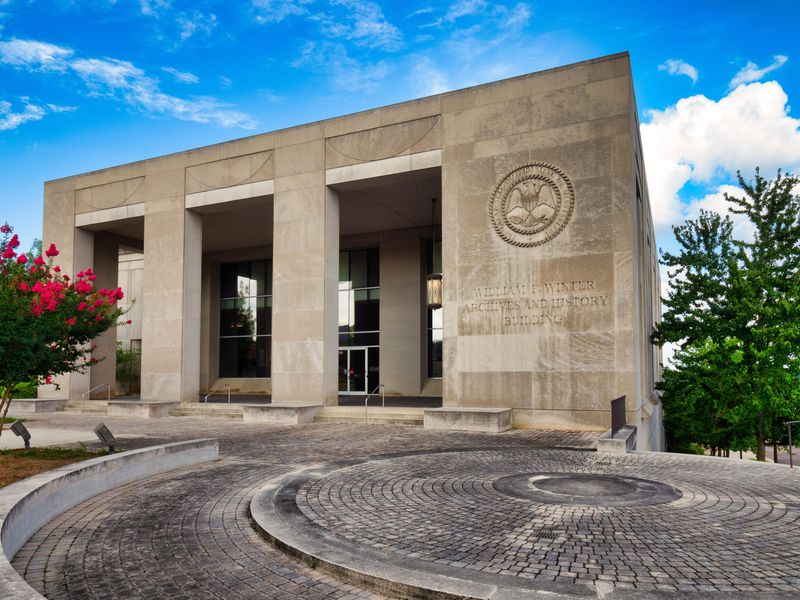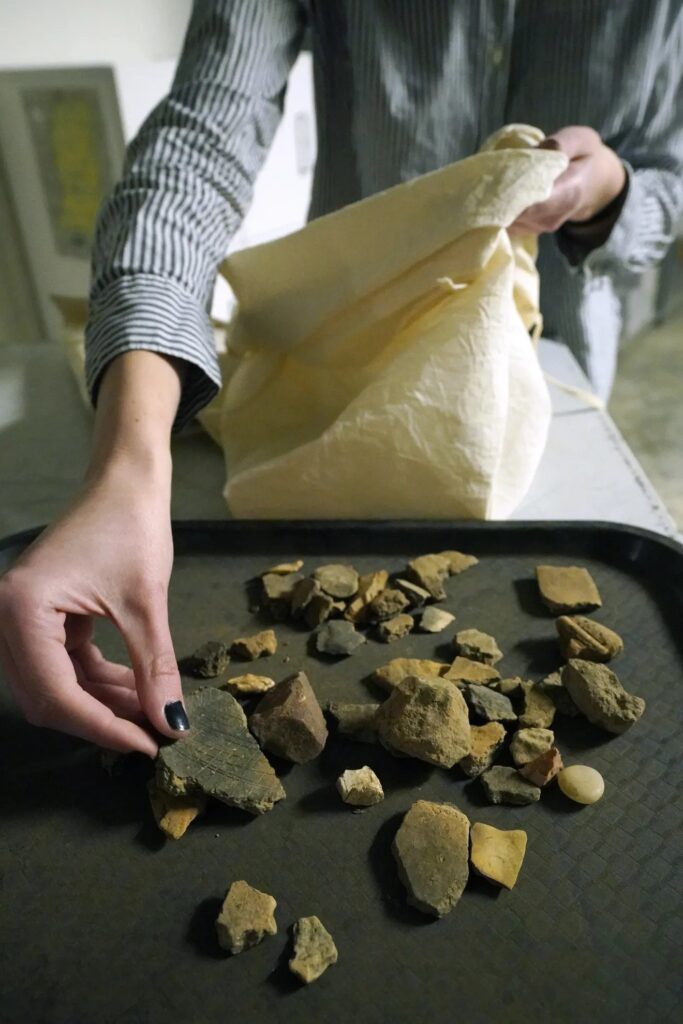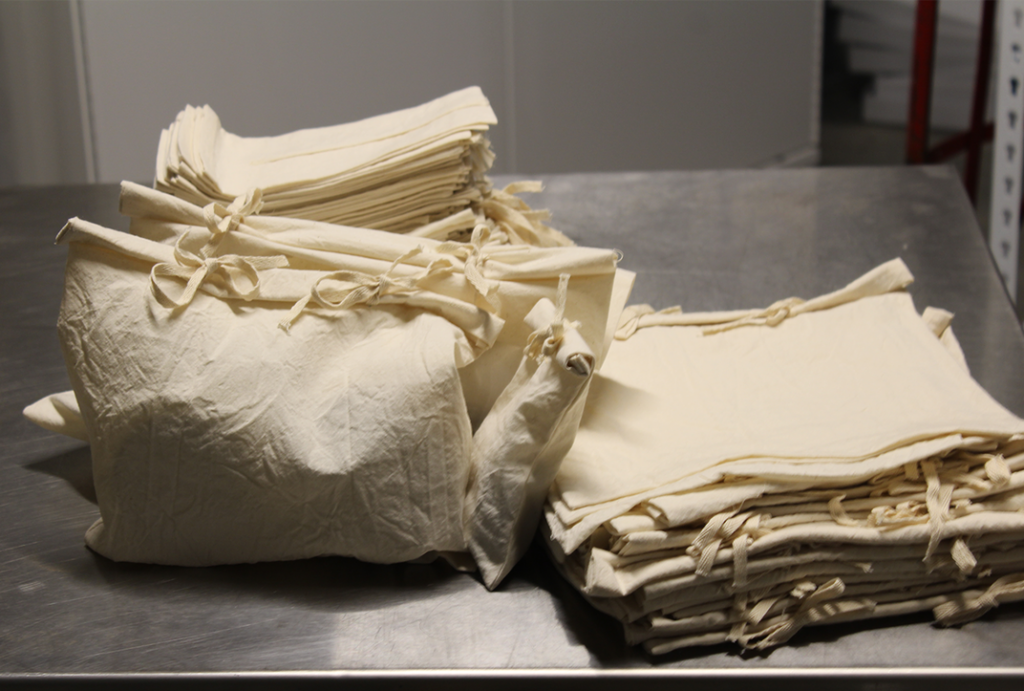Mississippi Repatriates Native American Remains and Artifacts
The Associated Press reports that the Mississippi Department of Archives and History will hand over more than 400 sets of human remains and 83 artefacts in its collections to The Chickasaw Nation under the federal Native American Graves Protection and Repatriation Act (NAGPRA).

A man and a woman were found buried among wolf teeth and turtle shells. Other graves contained mothers and infants. Some tribal members were laid to rest with beloved dogs. Over the past century, the Mississippi Department of Archives and History has stored the remains of hundreds of Native Americans who once inhabited the state.
Most of the remains were found in the Mississippi Delta and range from 750 to 1,800 years old. For decades, they sat on shelves in the state’s collections.
Now, the remains of 403 Chickasaw ancestors along with various artefacts have been returned to their people to be laid to rest on Mississippi soil.
The initiative is the largest of its kind conducted by the state of Mississippi since the passage three decades ago of the federal Native American Graves Protection and Repatriation Act. Since 1990, the law has required that institutions like museums and schools that receive federal funding return human remains, funerary objects and other sacred items to their Native American, Alaska Native and Native Hawaiian descendants.
“We see the repatriation process as an act of love,” said Amber Hood, director of historic preservation and repatriation for The Chickasaw Nation. “These are our grandmothers, grandfathers, aunts, uncles and cousins from long ago.”
Around 83,000 ancestral native remains in the United States had been returned to descendants as of last fall, according to National Park Service data. But at least another 116,000 still are waiting to be returned.
Anne Amati, NAGPRA coordinator with the University of Denver Museum of Anthropology, said institutions in the southeastern United States have more remains than anywhere else in the country.

Dozens of tribes, including the Chickasaw, Choctaw and Cherokee, once lived across millions of acres throughout the Southeast until forcibly and violently removed by the U.S. government following the Indian Removal Act of the 1830s.
After the Great Depression, thousands of graves were disrupted by the Tennessee Valley Authority as workers built reservoirs. Nearly 11,500 remains from Tennessee have now been returned to descendants, but 21,200 remain. More than 18,600 in Alabama have been returned, but there are still about 10,650 more.
In some instances, shell beads, stone tools, celts and vessels found in burial sites across the nation have been put on exhibit in museums.
Many remains in Mississippi were discovered by Delta farmers developing land from the 1950s to 1970s.
Meg Cook, the Mississippi agency’s director of archaeology, said the state has an ethical as well as a legal responsibility to return remains.
“We’re doing everything that we can to reconcile the past and move forward in a very transparent way,” Cook said. “It’s our responsibility to tell the Mississippi story. And that means all of the bad parts, too.”
There are more than 1,000 remains still to be identified and returned to tribes in Mississippi.
The Chickasaw Nation told Mississippi officials they wanted remains and objects from their ancestors to be transported in muslin bags, which will decompose when reburied. Volunteers were recruited during the pandemic shutdown to hand-sew the bags at home.

“Volunteers knew they were helping in some ways to bring these people home, to put them to rest,” Cook said.





